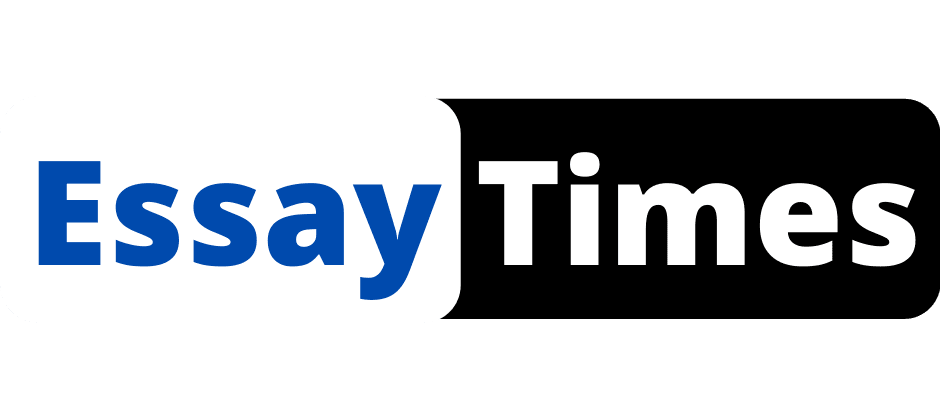A noun is a word that identifies a person, place, thing, or idea. They can function in various ways in a sentence, and they come in many different types.
In this article, we will explore the different types of nouns and provide examples for each.
Common Nouns
The most basic type of noun is called a common noun. These are the everyday words we use to name people, places, things, and ideas. Examples include “dog,” “chair,” “city,” and “happiness.” Common nouns are not capitalized unless they appear at the beginning of a sentence.
Proper Nouns
Proper nouns are specific names for people, places, things, and ideas. They are always capitalized and refer to a particular entity. For example, “New York City,” “Microsoft,” and “Jane” are all proper nouns. Proper nouns can also be used to refer to groups of people, such as “the Democratic Party” or “the United Nations.”
Collective Nouns
A collective noun is a word that refers to a group of people, animals, or things. Examples include “herd,” “flock,” “family,” and “team.” Collective nouns can be tricky because they can be singular or plural, depending on how they are used in a sentence. For example, you might say “The team is playing well” (singular) or “The team are all wearing their uniforms” (plural).
Countable Nouns
Countable nouns are those that can be counted or quantified. They have both singular and plural forms, and they can be modified by numbers and determiners. Examples include “book,” “pencil,” “table,” and “student.” Countable nouns can also be used with the articles “a” or “an” to indicate one of something, or with the article “the” to indicate something specific.
Uncountable Nouns
Uncountable nouns are those that cannot be counted or quantified. They do not have a plural form, and they cannot be used with numbers or determiners that indicate quantity. Examples include “water,” “air,” “love,” and “advice.” Uncountable nouns can be tricky because they require different grammatical structures than countable nouns. For example, you might say “I need some water” instead of “I need a water.”
Concrete Nouns
Concrete nouns are those that refer to things that exist in the physical world. They can be touched, seen, heard, tasted, or smelled. Examples include “tree,” “car,” “cake,” and “music.” Concrete nouns are often more easily visualized than abstract nouns, which we will discuss next.
Abstract Nouns
Abstract nouns are those that refer to ideas, concepts, emotions, or qualities. They cannot be perceived by our five senses but exist only in our minds. Examples include “happiness,” “freedom,” “justice,” and “beauty.” Abstract nouns can be more difficult to understand because they are intangible and can mean different things to different people.
Compound Nouns
A compound noun is made up of two or more words that function as a single unit. Examples include “toothbrush,” “baseball,” and “firefighter.” Compound nouns can be written either as separate words (e.g., “ice cream”) or as a single word (e.g., “notebook”). Sometimes, compound nouns are hyphenated (e.g., “sister-in-law”).
Possessive Nouns
A possessive noun indicates that something belongs to someone or something else. In English, this is usually indicated by adding an apostrophe and the letter “s” at the end of a noun. For example, “Mary’s car” indicates that the car belongs to Mary. Possessive nouns can be tricky because they require an understanding of both grammar and meaning.
Conclusion
Nouns are essential to language, and understanding the different types of nouns is crucial for effective communication. Whether you are writing a story, giving a speech, or having a conversation, using the right nouns can help you convey your ideas clearly and effectively. By mastering the different types of nouns, you can become a more confident and proficient user of the English language.
